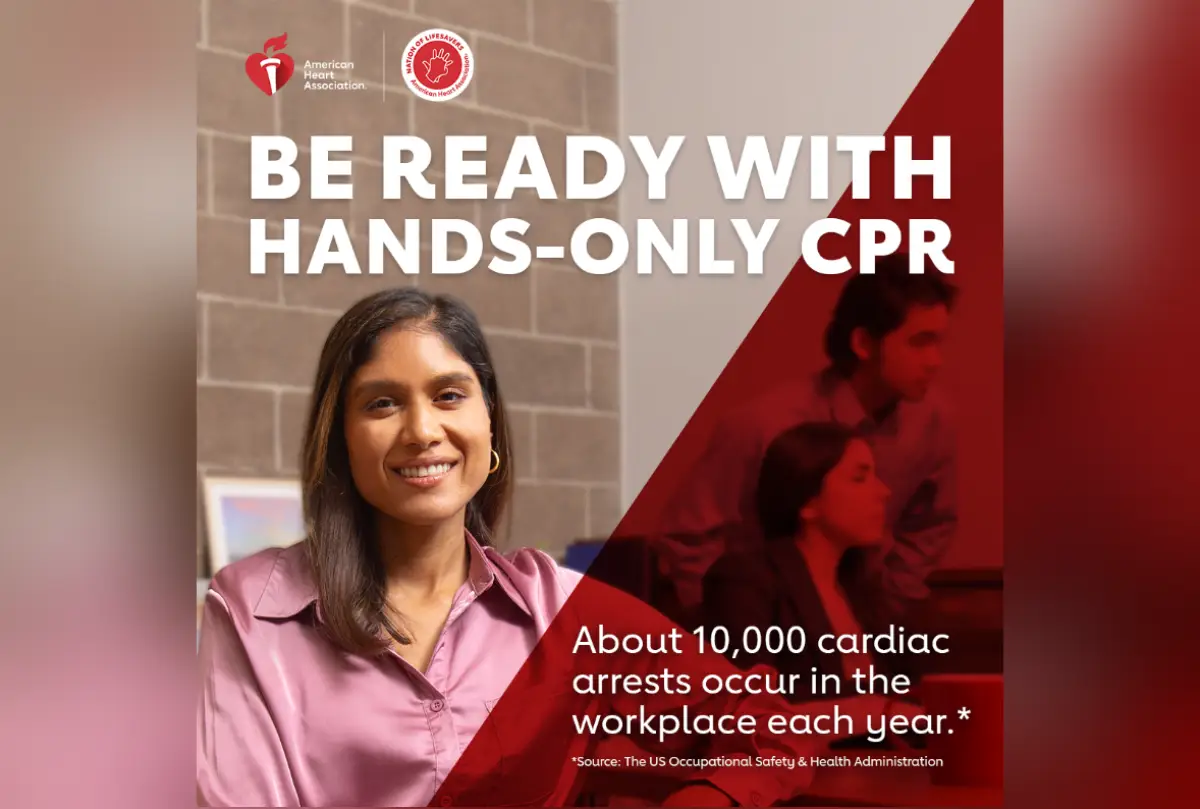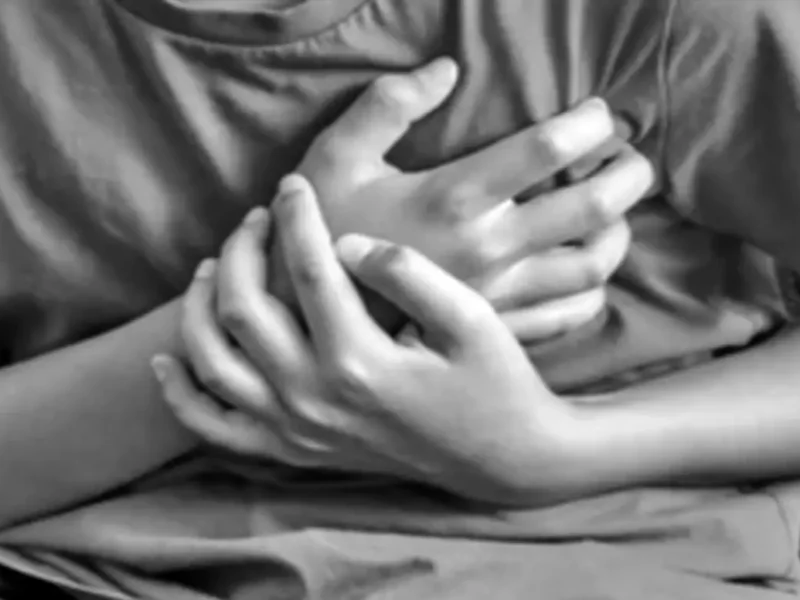
CPR Will Improve Cardiac Arrest Survival Rates Among Asian Americans
India-West Staff Reporter
LOS ANGELES, CA — Despite strides in cardiopulmonary resuscitation (CPR) training, consumer research from the American Heart Association reveals only 1 in 4 Asian American individuals are confident they could correctly perform Hands-Only CPR, compared with a comparable confidence rate of more 1/3 of the general population. The same survey showed nearly 70% of Asian American adults are hesitant to perform Hands-Only CPR because they are worried they will hurt the person who has suffered a cardiac arrest. Among the general population, 57% still express this fear.
To build CPR skills, knowledge, and confidence and to close these gaps, the American Heart Association has launched the “Today You Were Ready” nationwide awareness campaign aimed at empowering Asian American communities to learn Hands-Only CPR and be ready to save a life.
The campaign launch in Los Angeles coincided with Asian American Native Hawaiian Pacific Islander Heritage Month. The effort is part of the overarching American Heart Association’s Nation of Lifesavers movement, which is focused on turning bystanders into lifesavers and doubling survival rates from sudden cardiac arrest by 2030.
Cardiac arrest can happen to anyone at any time, and without quick bystander CPR, it is typically fatal. According to research in the Journal of the American Heart Association, about 72% of cardiac arrests that occur outside of a hospital happen at home. That means that if you are called on to perform CPR, it will likely be to save the life of someone you love.
Cardiopulmonary resuscitation is an emergency response that can help save a person’s life if their breathing or heart stops. At the forefront of resuscitation science, education, and training, the American Heart Association is the worldwide leader and publisher of the official scientific guidelines for CPR.
By showcasing the two easy steps to help save a life, the Association aims to change and break through the hesitancy barrier. Hands-Only CPR is CPR without breaths. It is for teens and adults only and is performed in two steps: 1) Call 911 and 2) push hard and fast in the center of the chest to a beat of 100- 120 beats per minute.
Studies show that women who have a cardiac arrest outside a hospital setting are less likely than men to receive lifesaving CPR. This gap is even larger for Asian American and Pacific Islander women. According to data from the American Heart Association, these women are less likely to receive bystander CPR compared to other populations, contributing to lower survival rates. Cultural factors, language barriers and limited access to CPR education may further exacerbate these disparities. The fear of accusations of inappropriate touching or injuring the person and lack of knowledge about their state’s Good Samaritan Laws contribute to some people’s hesitance to perform CPR. Improving CPR awareness and accessibility within the Asian American Pacific Islander community is crucial to increasing survival rates for women experiencing cardiac emergencies.
“By inspiring the Asian American Pacific Islander community to learn Hands-Only CPR, we can improve health outcomes for Asian American women and their loved ones, especially those suffering cardiac arrest,” said Linda Tsai, Region SVP/Senior Executive Director, American Heart Association Los Angeles.
In the United States, the Asian American Pacific Islander communities and other people of underrepresented populations are at a higher risk of poor outcomes from out-of-hospital cardiac arrest than the general population, in part due to longstanding structural racism and social policies that have limited access to quality education and health care.
Survey findings from the Association show that historically excluded populations are more likely to incorrectly believe that special training and certification are required to perform Hands-Only CPR on an adult or teen and more likely to be hesitant to perform the skill for fear of causing injury. These misperceptions contribute to poor survival rates (less than 10%) from out-of-hospital cardiac arrest, which affects more than 350,000 Americans annually.
To learn more about the campaign or to get involved, visit heart.org/nation.



